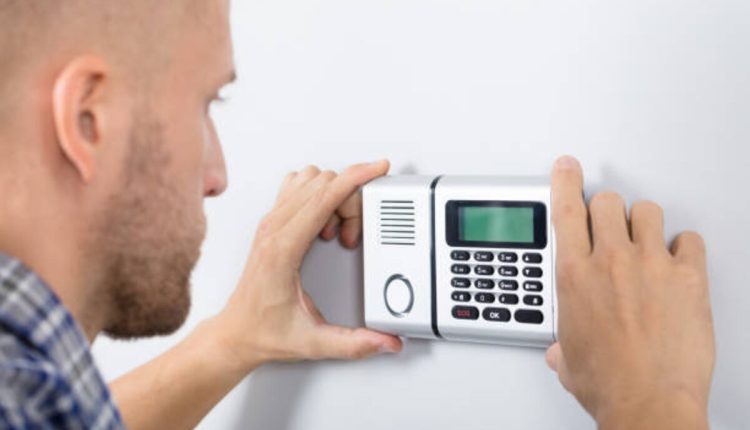How to Install a SBC Thermostat Housing
The thermostat housing, water neck, or coolant housing is where most water-cooled engines connect their upper radiator hose. It also holds the mechanical thermostat. At JEGS, we offer an extensive selection of Chevy, Ford, and Mopar water necks in chrome or anodized finishes, as well as straight, 15-degree, or 360 swivel models for your customized cooling system.
Cost
A thermostat housing is an integral component in every water-cooled car engine. It regulates coolant flow and connects directly to the radiator hose, helping prevent overheating. To maintain optimal performance for your engine’s longevity and prevent potential overheating issues, keep your thermostat housing in good condition and replace any worn parts promptly if you detect problems with it.
There is an array of styles and sizes of thermostat housings available for your engine, allowing you to find one that best fits your needs. Choose a replacement unit when your existing one becomes damaged or leaky, upgrade with custom touches to dress up your ride, or find one with easy hose routing capabilities for easy engine bay routing. Swiveling models also make life simpler!
Thermostat housings can be constructed out of aluminum or plastic; either material should be finished to provide an appealing appearance and high-quality product. Sand casting is an efficient manufacturing method suitable for these parts. The Federal Group excels at this casting technique, which does not require as many complicated fabrication processes.
Material
To install a thermostat housing, begin by loosening and removing the upper radiator hose clamp, with or without prying necessary. Next, relax and release all bolts attaching the thermostat to the intake manifold, using a screwdriver to tap or gently pull out any old gaskets before gently tapping or tapping out your thermostat with its new gaskets in hand. Before reinstalling your thermostat, ensure your engine has thoroughly cooled down; place a bucket beneath any coolant leaks before placing wires with labels corresponding to their respective terminals on its baseplate if any are exposed; label them using pieces of tape labeling with letters that correspond with letters found on its baseplate terminals before reassembling its assembly.
Thermostat housings, also referred to as water necks, are where an upper radiator hose connects and contains the mechanical thermostat. At JEGS, we carry an extensive selection of thermostat housing styles ranging from stock replacements and custom versions – with chrome or anodized finishes – in stock replacement or custom styles, some featuring 360-degree swiveling options for easy hose routing flexibility.
Installation
Before beginning installation of your smart thermostat, the first step should be turning off power in the room or area where you are working. This will prevent electrical shock as well as protect equipment from potential damage. Furthermore, use a level to ensure the new thermostat is in its correct place – not upside-down or to one side!
Step two is to unmount and disconnect the old thermostat’s wiring connections, labeling each with masking tape or marker so you can match their screw terminal locations on the new thermostat base plate easily. Also, consider wrapping or taping wires around a pencil to prevent them from retracting back into wall cavities when disconnected from an old thermostat.
Before beginning the installation process, take careful measurements of your wall hole to make sure your replacement fits perfectly into it. Otherwise, it will not provide or work effectively and may even harm the environment. Furthermore, be sure to purchase the appropriate gasket from any auto parts store based on your application.
Start the installation process by unhooking the upper radiator hose from the thermostat housing and loosening its clamp with a screwdriver, followed by gently tapping or prying to loosen and peel it away from its clamp. To finish, reconnect it to its thermostat housing via its lower radiator hose connection.
Once the hose has been disconnected, loosen both bolts that connect the thermostat to the intake manifold, and you can unscrew and replace the gasket as necessary. Finally, use thread sealant on all bolts to ensure an ideal tight fit.
Installing the new thermostat requires marking its location on the wall and drilling holes for its screws and anchors – these should come included with your thermostat for extra support. Eventually, install these with ease!
Once complete, install the faceplate of your new smart thermostat (usually more like a miniature computer than a traditional thermostat) and connect its low-voltage wires using either your premarked letters (or those listed in its manual) as references.

